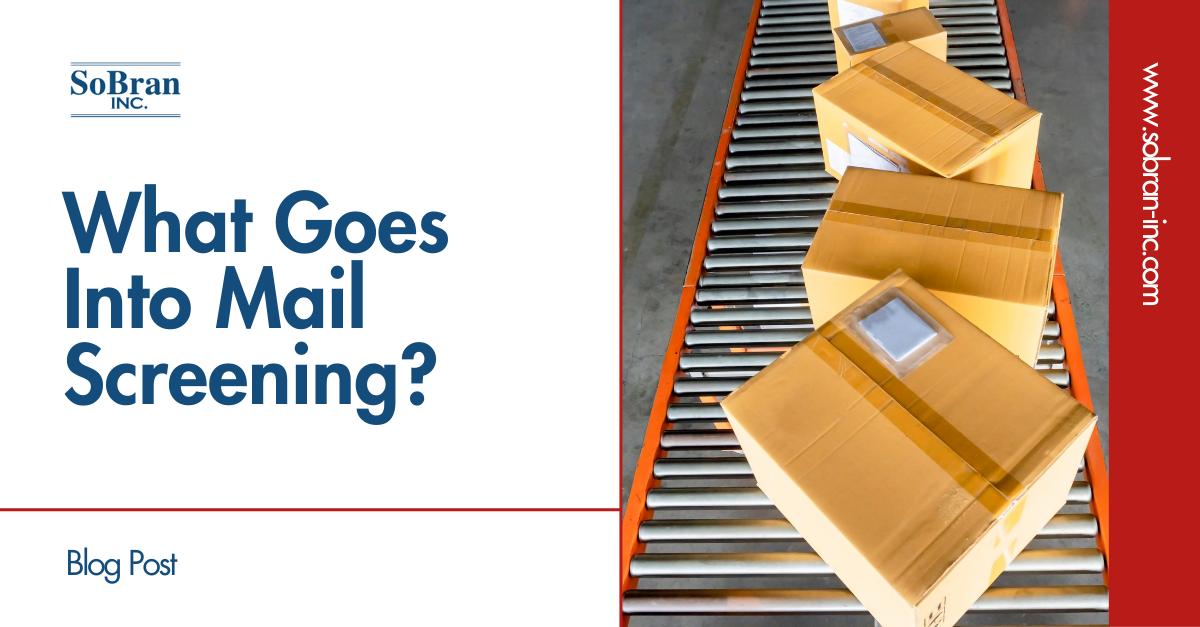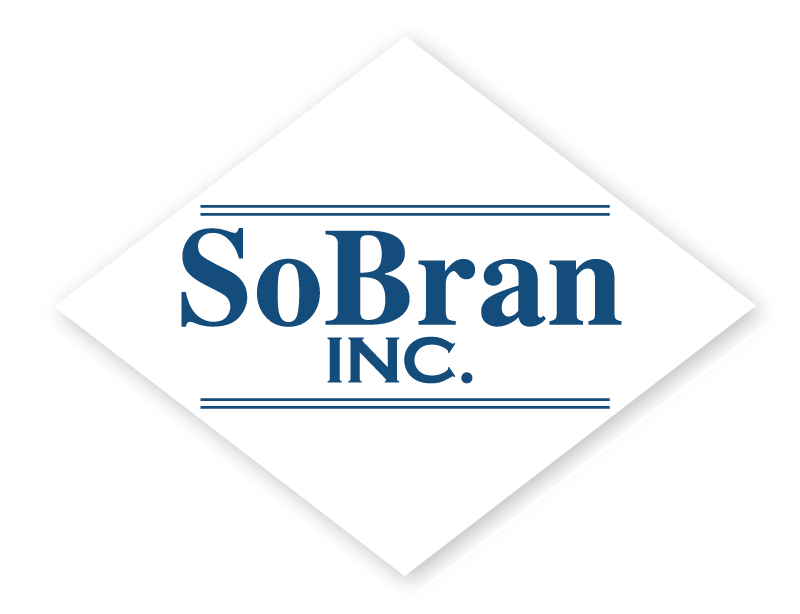September 22, 2025

What Goes Into Mail Screening?
Every day, millions of packages and letters flow into mailrooms and mailboxes across the country. Hidden among routine correspondence, Amazon packages and important business deliveries could be something far more dangerous. A single suspicious package can shut down an entire office building, evacuate hundreds of employees, and cost a company millions in lost productivity while they work to mitigate the situation. That’s why all of us at SoBran have committed ourselves to transforming our client’s mailrooms into sophisticated defense networks, combining human expertise with cutting-edge technology to identify and neutralize CBRNE threats before they reach their targets.
Why Screening Matters
Despite the rise in email and other digital services in the workplace, it’s important to remember incoming physical mail remains an attractive target for many including explosive devices, chemical agents, and biological hazards like anthrax. There was even a recent scare in New York City where a federal building was put on lockdown over suspicious powder inside of a letter. But also important is that businesses of all sizes–not just high-profile government targets, are vulnerable.
The Process
While we won’t reveal all our tips and tricks at SoBran with our mail screening, it’s important to highlight some of the processes we go through in order to provide safe and effective protections for our clients. Let’s start with what we can see:
Visual Inspection
We begin our first line of defense with a visual inspection, where our trained staff examine each piece of mail for suspicious indicators.
These can include (but are not limited to):
- Unusual odors, powder, stains, or residue
- Excessive packing material or weight
- Lopsided shape or rigid packaging
- Threatening messages or unfamiliar return addresses
Getting A Closer Look
Next, we’re going to look even deeper beyond what a naked eye can see. By utilizing both Xray and other advanced detection methods, we can roll out a layered approach that enables our clients and organizations to uncover hidden dangers that go far beyond what traditional screening can catch.
Our mail undergoes deeper scrutiny when it’s passed through X-ray screening equipment. This allows operators to identify concealed weapons, explosives, and potentially hazardous devices without direct exposure. X-ray screening can also improve overall efficiency by allowing faster sorting and identification of suspicious items without requiring disruptive manual inspection. But–while this technology is highly effective at detecting physical threats like bombs, knives, and weapons hidden inside mail, it relies heavily on operator training and image interpretation to accurately assess potential dangers. That’s where our advanced detection methods come in to fill in the remaining gaps.
Our advanced detection systems designed for CBRNE threats also go beyond visual inspection by identifying the chemical and molecular signatures of hazardous substances.Unlike X-ray, which can only highlight shape and density anomalies, advanced detection actively analyzes the composition of unknown substances, flagging dangerous materials before they can spread within a facility. This layered process ensures that threats such as fentanyl, anthrax spores, or radiological isotopes are isolated and neutralized with far greater precision, aligning mail security protocols with the full spectrum of modern CBRNE risks.
Emergency Protocols and Regulatory Compliance
But of course, an effective mail screening program isn’t just about equipment. Organizations must develop written protocols, incident response procedures, and clear communication plans in the event a suspicious item is discovered. Training is key. Whether these screeners are former military, law enforcement, or security professionals, we bring a high level of technical and operational expertise to our crew and put in the time to be sure they’re prepared for any scenario they’re presented with while on the job.
In many regulated industries—including government, finance, and healthcare—robust mail screening is also required for compliance with security and workplace safety standards (e.g., DoD, OSHA). We help companies stay compliant in multiple ways including:
- address these mandates by deploying certified screening equipment
- establish standard operating procedures that align with regulatory guidelines
- implement quality assurance programs that include regular audits and performance testing including specific compliance officers to oversee mail security programs and ensure ongoing adherence to evolving regulatory requirements.
No two organizations face the same threat landscape. At SoBran, we take our job seriously and hope that this gives a valuable look into how we can best integrate into our client’s professional lives. Because when it comes to mail security, we know there’s no such thing as a one-size-fits-all solution that works efficiently alongside your daily operations!
Have more questions? Feel free to reach out! We’d love to hear from you and can answer any and all questions you may have!
